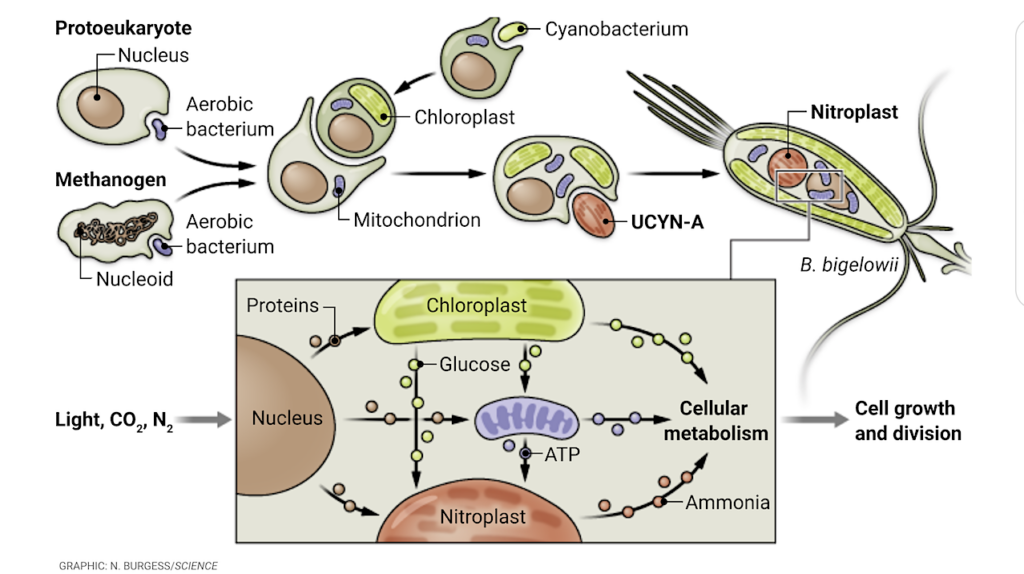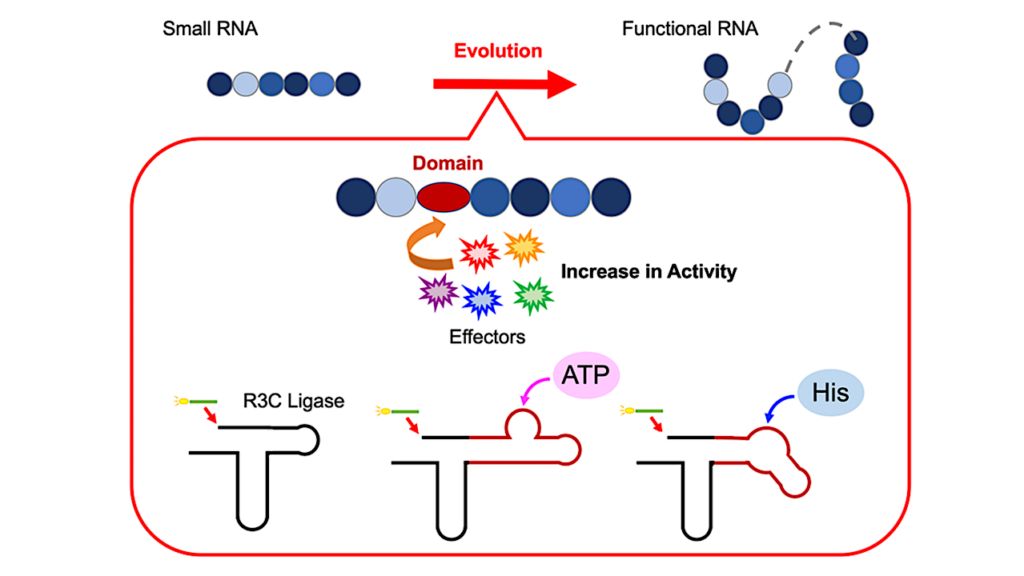Probing the Fabric of the Rare Biosphere

The relatively recent development of high-throughput sequencing (HTS) techniques has revealed a wealth of novel sequences found in very low abundance: the rare biosphere.
Today, most studies of diversity of microorganisms are carried out almost exclusively with HTS techniques. However, culturing seems indispensable for diversity studies especially if the aim is exploring the rare biosphere. We have carried out a deep (1 million sequences per sample) pyrosequencing analysis of two marine bacterial samples and isolated a culture collection from one of them. We have shown that the collectors curves of the pyrosequencing data were close to reaching an asymptote. We have estimated the total richness of the samples and the sequencing effort necessary to obtain the total estimated richness experimentally.
Comparing the pyrosequencing data and the isolates sequences we have found that isolation retrieves some of the rarest taxa and that the composition of rare taxa follows an annual succession. We have shown that increasing the number of tags sequenced would slowly uncover the isolated bacteria. However, even if the whole bacterial diversity was found by increasing the sampling depth, culturing would still be essential for the study of marine bacterial communities, especially if the target is the rare biosphere.
Bibiana G. Crespo, Philip J. Wallhead, Ramiro Logares, Carlos Pedros-Alio
doi: http://dx.doi.org/10.1101/020818








